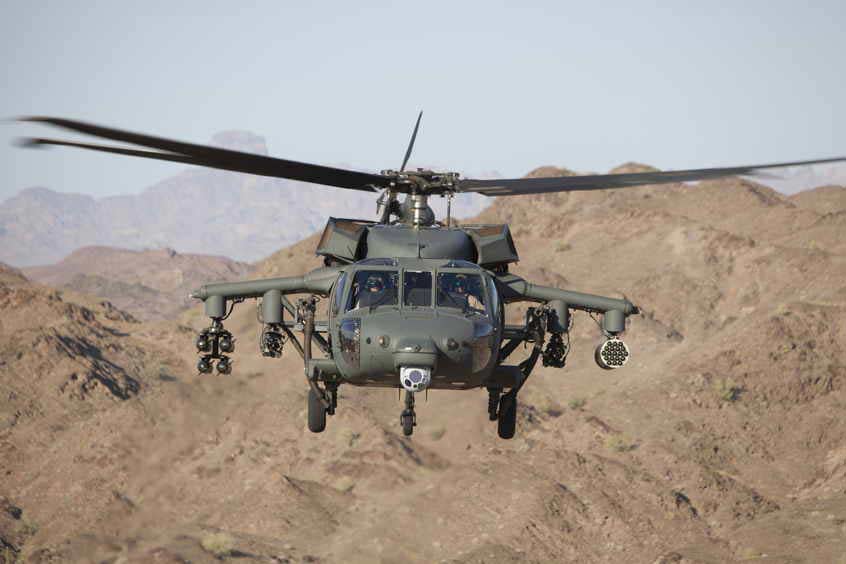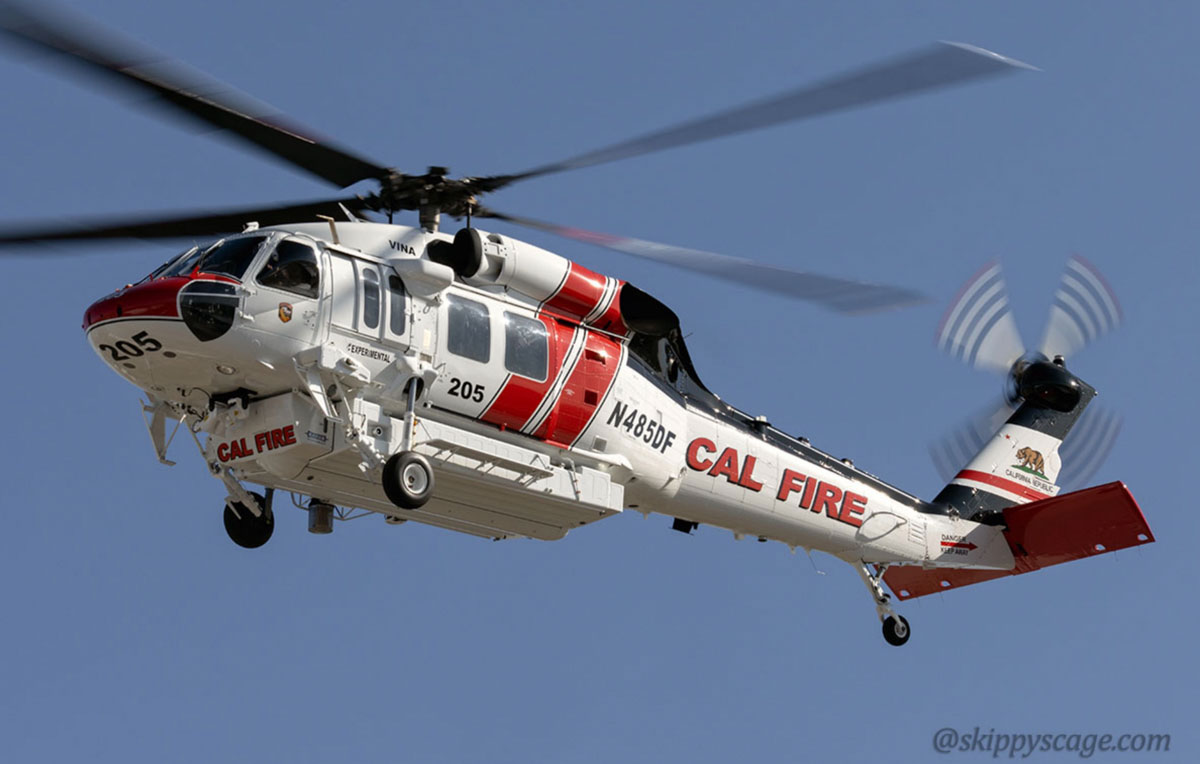Sikorsky S 70: Changing Tactical Operations with Cutting-Edge Modern Technology
Sikorsky S 70: Changing Tactical Operations with Cutting-Edge Modern Technology
Blog Article
High-Performance Multi-Role Rotorcraft Featuring Advanced Cockpit Technologies and Integrated Sensor Equipments
The world of rotorcraft technology has seen noteworthy improvements in recent times, especially in the realm of high-performance multi-role rotorcraft geared up with sophisticated cabin modern technologies and seamlessly incorporated sensor systems. In the following discussion, we will certainly explore the advancement of rotorcraft technology, dive right into the realm of sophisticated cabin innovations, and analyze the implications of incorporated sensing unit systems on the operational flexibility and performance of modern rotorcraft.
Development of Rotorcraft Technology
The advancement of rotorcraft innovation has actually been marked by considerable improvements in the rules of aerodynamics, materials, and propulsion systems, shaping the capabilities and efficiency of modern-day rotorcraft. In addition, innovations in propulsion systems, including more effective engines and cutting-edge propulsion innovations, have allowed rotorcraft to accomplish higher elevations, faster speeds, and higher payloads.
These advancements have not just changed the capabilities of rotorcraft however have actually additionally expanded their applications across various sectors, consisting of armed forces, commercial, and emergency situation services. The continual advancement of rotorcraft innovation continues to drive technology in the area, pushing the limits of what is possible and shaping the future of vertical flight.
Advanced Cockpit Innovations
Building upon the fundamental innovations in the rules of aerodynamics, products, and propulsion systems, the realm of rotorcraft modern technology now changes focus in the direction of pioneering Advanced Cockpit Innovations. The assimilation of innovative technologies within the cabin environment plays a critical role in enhancing the operational capabilities, safety and security, and efficiency of contemporary rotorcraft. sikorsky s 70. Advanced Cockpit Innovations encompass a wide variety of features developed to provide pilots with enhanced situational recognition, streamlined data management, and user-friendly control user interfaces
One of the key advancements in cabin design is the implementation of glass cockpits, which change conventional analog determines with high-resolution displays. These digital systems provide personalized formats, real-time information combination, and boosted readability, making it possible for pilots to accessibility critical details at a look. Moreover, advanced avionics systems, such as fly-by-wire controls and enhanced reality screens, are revolutionizing exactly how pilots connect with the aircraft, enabling specific control and improved decision-making capacities.


Integrating advanced cockpit advancements not just improves pilot performance but likewise adds to overall goal efficiency and security in complex operational atmospheres. By leveraging state-of-the-art modern technologies within the cockpit, rotorcraft suppliers are establishing new criteria for operational quality and mission success.
Integrated Sensing Unit Systems
With the advancement of rotorcraft innovation, the integration of advanced Integrated Sensing unit Equipment has ended up being extremely important in improving operational performance and safety and security. These Integrated Sensor Equipments encompass a vast selection of modern technologies that offer important information for various functions such as navigating, surveillance, targeting, and ecological surveillance. By perfectly incorporating sensing units like radars, video cameras, lidar, and infrared systems into rotorcraft, operators can benefit from boosted situational awareness, improved objective capabilities, and reduced Look At This pilot workload.
One key benefit of Integrated Sensor Solutions is their capability to gather real-time data and useful site give workable understandings to pilots and mission drivers. For instance, advanced radar systems can spot and track targets over cross countries, permitting very early danger discovery and effective reaction planning. In addition, incorporating infrared and electro-optical cameras allows rotorcraft to perform reconnaissance and security goals with precision and precision.
Essentially, the assimilation of cutting-edge sensing unit technologies right into rotorcraft not only boosts operational efficiency but also contributes considerably to general goal success and crew security. As rotorcraft remain to evolve, the duty of Integrated Sensor Systems will most certainly remain at the center of advancement in the aerospace sector.
Operational Versatility and Efficiency
Enhancing operational adaptability and efficiency in rotorcraft is a natural progression from the integration of innovative Integrated Sensor Systems. By leveraging the insights and information given by these advanced sensor systems, rotorcraft can optimize their performance throughout numerous goals and environments.
Operational versatility includes the capacity of rotorcraft to adapt to various functions and situations successfully. With innovative cockpit modern technologies and integrated sensor systems, rotorcraft can seamlessly shift between jobs such as search and rescue, clinical evacuation, security, and much more. This convenience enhances the rotorcraft's ability to meet varied operational requirements without needing substantial reconfiguration.
Performance in rotorcraft additional info operations is vital for optimizing objective performance and source utilization. Integrated sensor systems play a pivotal duty in boosting functional performance by providing real-time information on climate condition, terrain mapping, target monitoring, and more. This data allows pilots to make educated choices swiftly, enhance flight paths, save gas, and boost general goal efficiency.
Influence on Modern Aeronautics Workflow

In addition, the assimilation of advanced sensors assists in boosted objective planning and execution, enabling rotorcraft to do a large range of tasks with enhanced precision. From search and rescue operations to aerial firefighting and legislation enforcement objectives, the abilities of contemporary rotorcraft equipped with innovative cabin technologies and incorporated sensing unit systems are unparalleled.
Moreover, the effect of these developments extends past functional performance to cost-effectiveness and sustainability. By optimizing trip courses, fuel usage, and maintenance routines, high-performance rotorcraft equipped with innovative cockpit innovations and sensing units contribute to minimizing functional expenses and ecological impact, making them crucial assets in contemporary aviation operations.
Verdict
Finally, the high-performance multi-role rotorcraft with advanced cockpit technologies and incorporated sensor systems stands for a substantial advancement in aeronautics technology. These advancements enhance functional flexibility and efficiency, ultimately affecting modern aviation operations in a favorable means. The assimilation of these innovative innovations enables boosted capacities and efficiency in various mission situations, showcasing the proceeded development of rotorcraft modern technology in the aeronautics industry.
The world of rotorcraft technology has seen notable developments in current times, especially in the world of high-performance multi-role rotorcraft geared up with cutting-edge cabin modern technologies and effortlessly incorporated sensing unit systems. From enhanced goal adaptability to enhanced functional effectiveness, the merging of innovative cockpit technologies and incorporated sensing unit systems has ushered in a new period of possibilities for rotorcraft applications. In the complying with discussion, we will certainly discover the evolution of rotorcraft technology, delve right into the world of sophisticated cockpit technologies, and analyze the implications of integrated sensing unit systems on the operational convenience and efficiency of modern-day rotorcraft.

Report this page